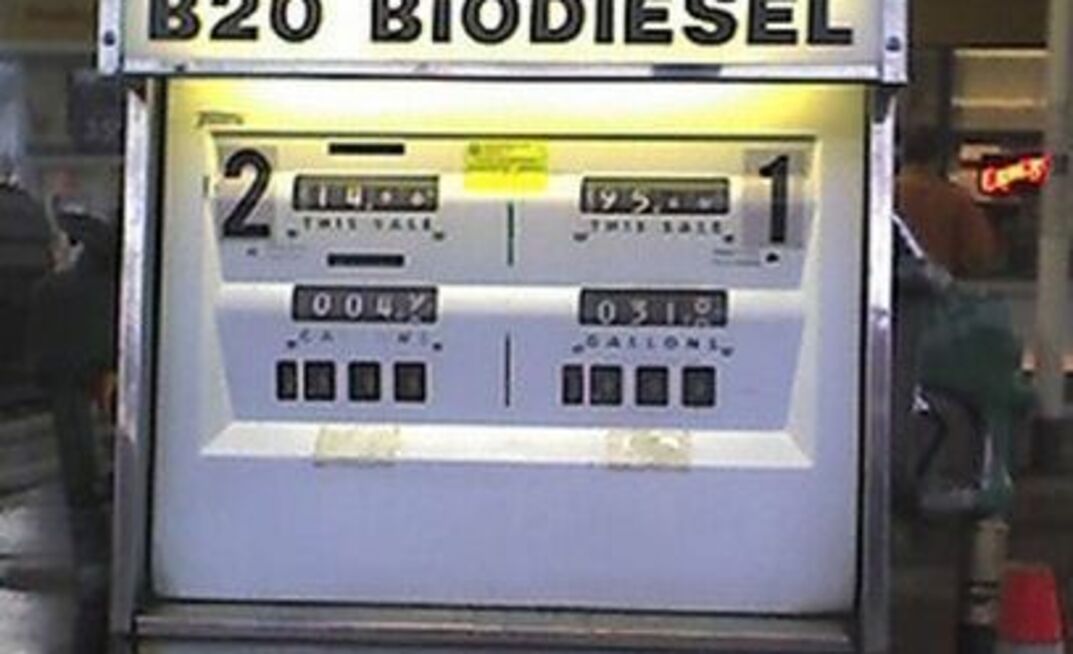At a meeting in June this year, WHO declared that diesel emissions cause lung cancer. This statement marks a significant shift away from a previous position that had classified diesel fumes as a ‘probable carcinogenic’
Specifically, WHO considered compelling scientific research showing that human exposure to substantial concentrations of diesel particulate matter produced by burning diesel causes lung cancer and is also linked to the incidence of bladder cancer.
The WHO announcement is particularly relevant for underground mining personnel who are required to use diesel powered equipment within a confined workplace environments. In fact, underground miners are typically exposed to concentrations of diesel exhaust that are more than 10 times higher than other workplaces that utilise diesel powered equipment such as the transport industry.
“The WHO announcement signals an urgent need for the Australian mining industry to review mine ventilation risks and where appropriate implement workplace improvements that reduce the cancer risk for Australia’s underground mining workforce,” Pitt & Sherry national mining manager Dan O’Toole said.
Biodiesel as a practical solution
Pitt & Sherry says there are a number of strategies available to the Australian mining community for reducing mine worker exposure to high concentrations of diesel emissions.
However, the three potential opportunities to reduce diesel emissions in underground mining environments vary in terms of cost, complexity, and near term practicality.
The first opportunity involves the implementation of improved monitoring and control systems for underground air quality. Unfortunately, the quantum of improvements that can be secured under this approach are typically incremental and are unlikely to be sufficient on their own. According to O’Toole, “reduced emission concentrations are possible but require provision of improved ventilation infrastructure that can be both costly and difficult to implement”
The second approach involves the control of diesel emissions at the source by either purchasing new underground mining equipment fitted with advanced emission control systems, or retrofitting emission control systems to existing diesel equipment.
Low emission mining industry equipment is becoming increasingly available in the global marketplace. This equipment is being manufactured in response to new emission standards developed by the US Environment Protection Authority which are being phased in between 2008 and 2015.
While retrofitting remains an option, the availability of the aftermarket emission systems is relatively limited and there are question marks surrounding the potential adverse impact of these systems on both equipment performance and fuel efficiency.
The third option involves fuel substitution. That is, replacing conventional diesel with biodiesel. Biodiesel is produced from biological feedstocks – hence the name biofuels – using a process of condensation called transesterification.
Biodiesel is often blended with diesel at levels varying from as little as 5% (B5) to complete replacement (100% biodiesel). Given its higher flashpoint, biodiesel is also less likely to ignite than conventional diesel providing an additional level of safety for underground mining application.
“The most exciting aspect of biofuels within the context of underground air quality is that biodiesel can be readily substituted for conventional diesel in existing equipment whilst also delivering up to a 90% reduction in diesel particulate emissions,” O’Toole said.
“In fact, a recent US Department of Energy study conducted by the University of California concluded that using biodiesel instead of petro-diesel reduced cancer risks from exhaust emissions by 93.6%.”
Supply and cost challenges in underground mining
Pitt & Sherry principal consultant, carbon and energy Mark McKenzie believes the increased adoption of biodiesel in underground mining will require the mining industry, Australian governments and the infant biodiesel industry to work together to address two principal challenges – the supply challenge and the cost challenge.
“Within the context of the Australian petroleum industry, the biodiesel industry is very small and most of the supply is currently being consumed in New South Wales under the umbrella of a mandated use of 5% biodiesel in all diesel sold in that state,” McKenzie said.
“Effective management of the supply challenge will likely require mining operations to establish commercial relationships with small-scale biodiesel producers within the confines of commercial agreements that address continuity of supply risks.”
On the cost side, biodiesel is more expensive than diesel for mine industry applications. Although biodiesel is slightly less expensive than conventional diesel for transport applications, the diesel used within mining operations is not subject to the federal fuel excise of 38.6cpl meaning it is currently more expensive than conventional diesel.
This problem is compounded by the fact that the energy content of biodiesel is lower than conventional diesel and consequently a greater volume of biodiesel is consumed.
“The higher cost of biodiesel makes the use of this fuel commercially unattractive under current taxation settings. In light of the WHO announcement, there appears to be a strong argument for the Australian government to incentivise the use of biodiesel for underground mining applications and realise workplace benefits for the Australian underground mining community,” McKenzie added.
“Such incentives might take the form of producer subsidies for biodiesel supplied to the underground mining industry or government rebates provided to mining enterprises for the purchase of biodiesel”

























